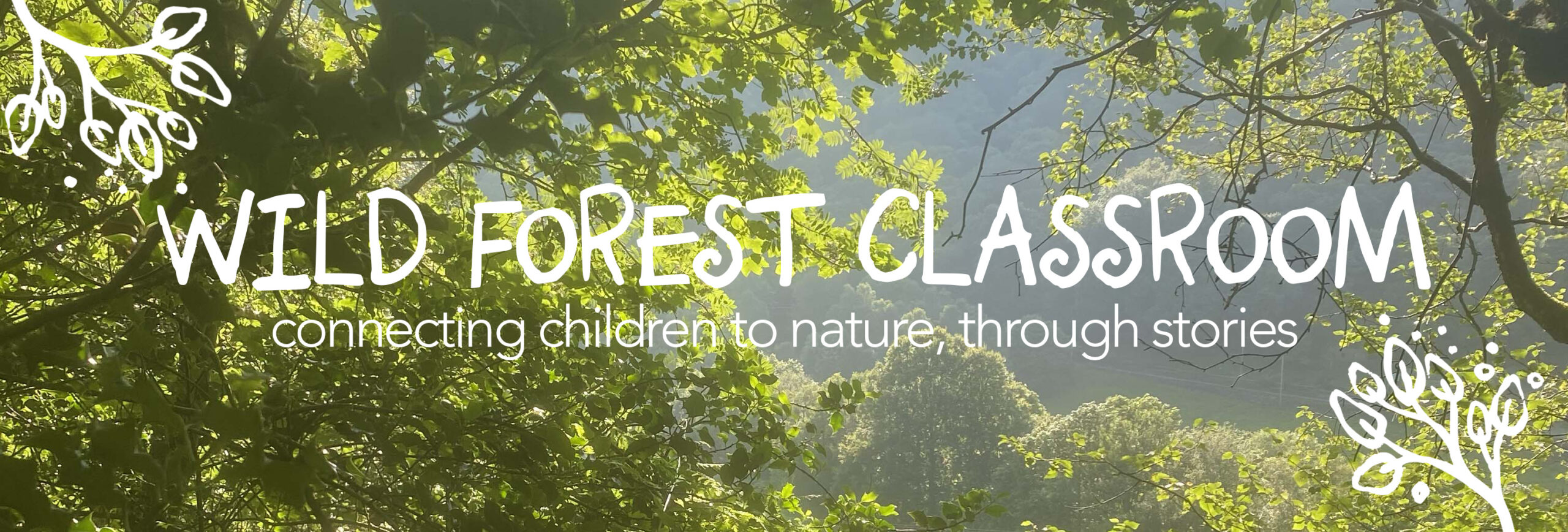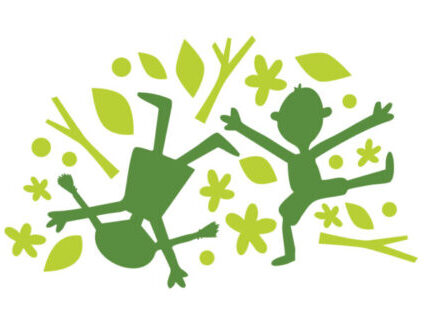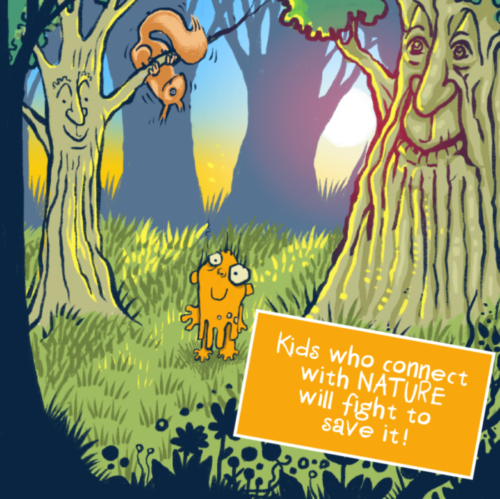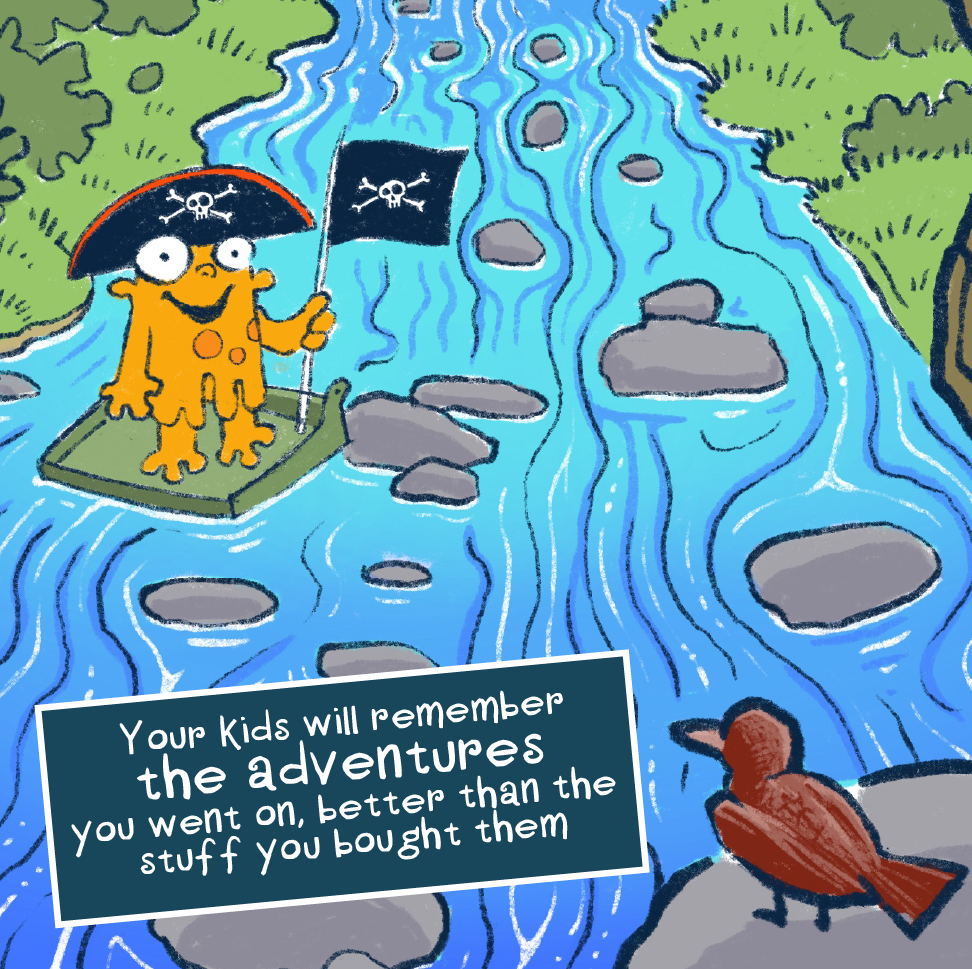Children
Children’s health and well-being is at an all time low, with many suffering from anxiety depression and isolation. Childhood obesity is at an all time high.
In his book ‘ Last child in the woods’ Richard Louv coined the phrase, ‘Nature deficit disorder.’ He argues that children are spending more time indoors, which makes them feel alienated from nature and more vulnerable to negative moods and reduced attention span. He says that ‘ social and technological changes in the past three decades have accelerated the human disconnect from the natural world.’






